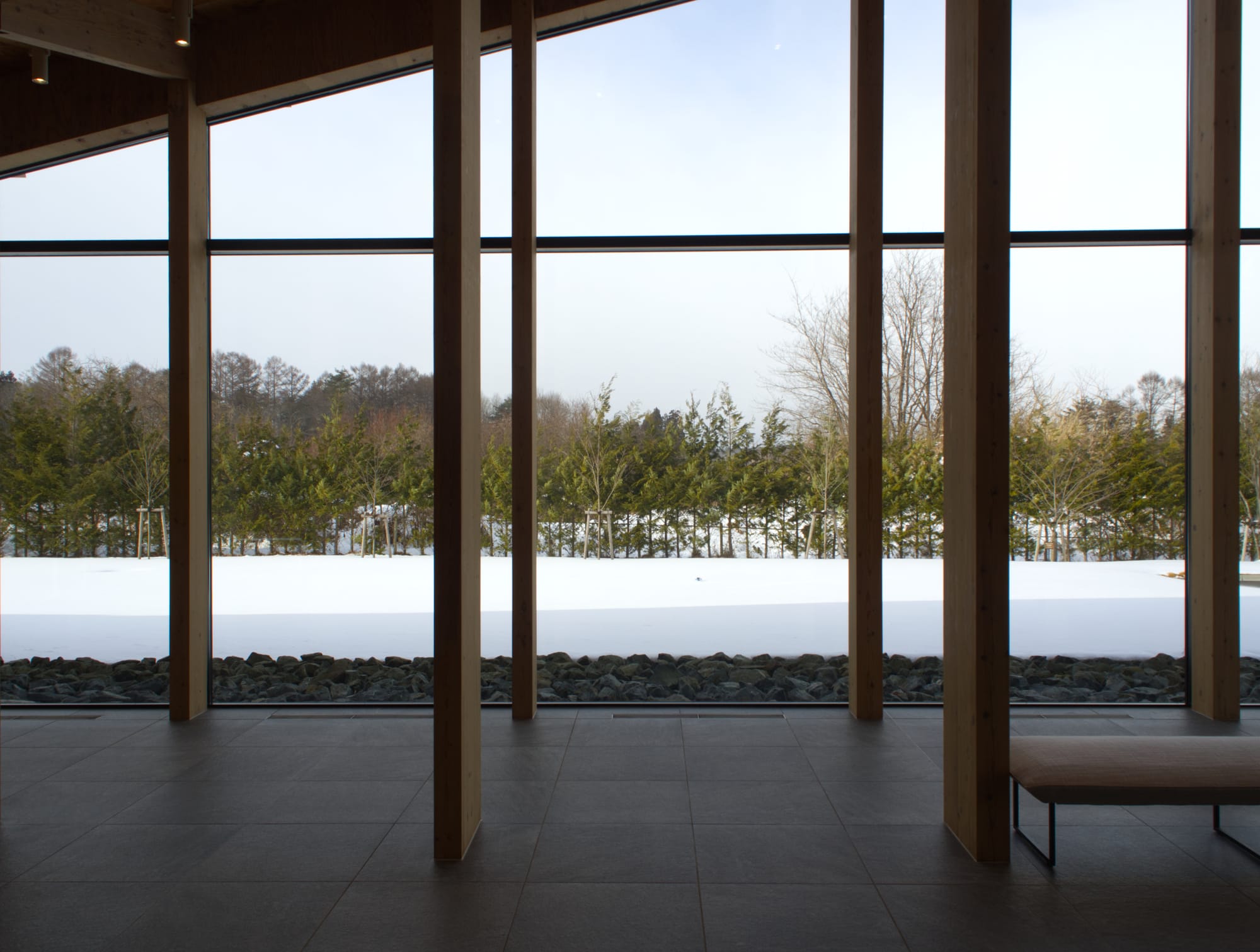
I describe Contraption Company as a digital product studio. Many people ask what that means. "Is it a startup?" (not exactly). "Is it an agency?" (ideally, no). "Do you make apps to spin them out into new companies?" (no).
I envision a digital product studio as a small group of makers who build and maintain high-quality software. They seek growth and economic success like a startup but won't shut down a product that still has customers. They aim to generate revenue as a software business but are open to collaborations with other companies. They may build multiple products, but they intend to operate these apps themselves instead of spinning them out. The studio builds a brand, style, and reputation that compounds over time. I think the principles Cal Newport outlines in his forthcoming book Slow Productivity apply equally to product studios: do fewer things, work at a natural pace, and obsess over quality.
Some companies I consider "digital product studios" include 37Signals, Prehype, and Good Enough. In each of these cases, the head of the company spends most of their time making the products instead of managing people. In my mind, that's the fundamental characteristic of the studio model: its leaders are makers who seek to continue their creative work instead of becoming professional people managers.
In one of my favorite books, Shop Class as Soulcraft, the author explores how knowledge work became abstract, arbitrary, and bureaucratic. He considers physical crafts more intrinsically fulfilling because of their egalitarian nature and tangible outputs. However, I believe the studio model - consisting of a small group of makers - can restore agency and craftsmanship to knowledge work. The infinite scalability of software enables a tiny team to serve millions of users, as companies such as Instagram and WhatsApp have proven.
I draw inspiration by studying manual craftspeople operating at elite levels. There's something magical about watching someone operate at their peak while inventing or building. Unlike technology, manual craftspeople can produce only limited work. That scarcity drives them to choose between quality and quantity - inevitably, staying small is the only way to achieve world-class quality.
I'm currently in Tokyo at the creative residence Almost Perfect. I have been exploring the work culture of Japan, which I've found to have an intense dedication to craft and professionalism. I've been to a 6 AM tuna auction, enjoyed many fantastic coffees, and been mesmerized by pointing train conductors. Last week, I stumbled into the Seiko Museum to learn about the history of a major watch company. There, I discovered I could see the company's top craftspeople making watch movements in the northern city of Morioka. So, I spontaneously booked a Shinkansen to observe what a product studio looks like in the watch industry.

The Grand Seiko Studio Shizukuishi is a small building where a few dozen craftspeople assemble watch movements by hand. Within the Seiko corporation, Grand Seiko is a small brand intended to compete with luxury Swiss brands such as Rolex and Omega. Grand Seiko brings its unique perspective to the watchmaking process and has developed internal movement designs. The broader Seiko corporation has over ten thousand employees, but many of their ranked senior craftspeople work at the Shizukuishi studio. The studio's head watchmaker Satoshi Hiraga has received multiple awards, including the title of Contemporary Master Craftsman from the Japanese government.

Grand Seiko's Studio Shizukuishi assembles the mechanical movements at the core of many Grand Seiko watches. Mechanical movements are incredibly delicate and complex - using springs, gears, and pinions instead of electricity. Putting together dozens of tiny parts is a precise, manual task. Few companies manufacture mechanical movements today because they are complex, delicate, and expensive. The resulting products must be accurate enough to measure time within a few seconds daily.

Upon entering, the building reminded me of noma - mostly wood, closely integrated with nature, and built around a central maker space. I'm fascinated by physical spaces that blend functionality and aesthetics seamlessly. Making something both functional and beautiful demonstrates a evident pride in the work. For Studio Shizukuishi, Seiko commissioned architect Kengo Kuma, who previously designed Japan's Olympic Stadium. At the core is a clean room where the craftspeople assemble movements.

The clean room's exposed wood, handmade desks, and panoramic views of Mount Iwate obscure the fact that this dust-free manufacturing facility is packed with air filters and advanced equipment. Those assembling movements work under microscopes in silence, using tweezers and small screwdrivers to build timekeeping devices. Then, the movements are tested over weeks at different angles and temperatures to ensure precise timekeeping.

The precision required to assemble these movements wasn’t apparent until I saw the below screen from a microscope. On the left is one of the screws craftspeople use to manually assemble a movement. On the right is a grain of rice.

When I talk about digital product studios, I imagine the software analog of Studio Shizukuishi—a small group of makers with a relentless focus on building high-quality products.

"Craftsmanship means dwelling on a task for a long time and going deeply into it, because you want to get it right."
— Matthew B. Crawford, Shop Class as Soulcraft


